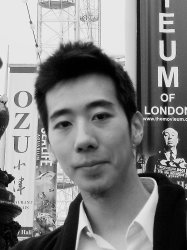BibTex format
@article{Mischiati:2015:10.1038/nature14045,
author = {Mischiati, M and Lin, H-T and Herold, P and Imler, E and Olberg, R and Leonardo, A},
doi = {10.1038/nature14045},
journal = {Nature},
pages = {333--338},
title = {Internal models direct dragonfly interception steering},
url = {http://dx.doi.org/10.1038/nature14045},
volume = {517},
year = {2015}
}

